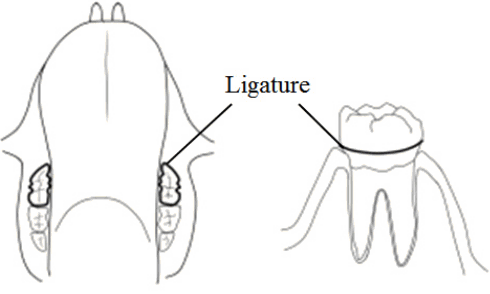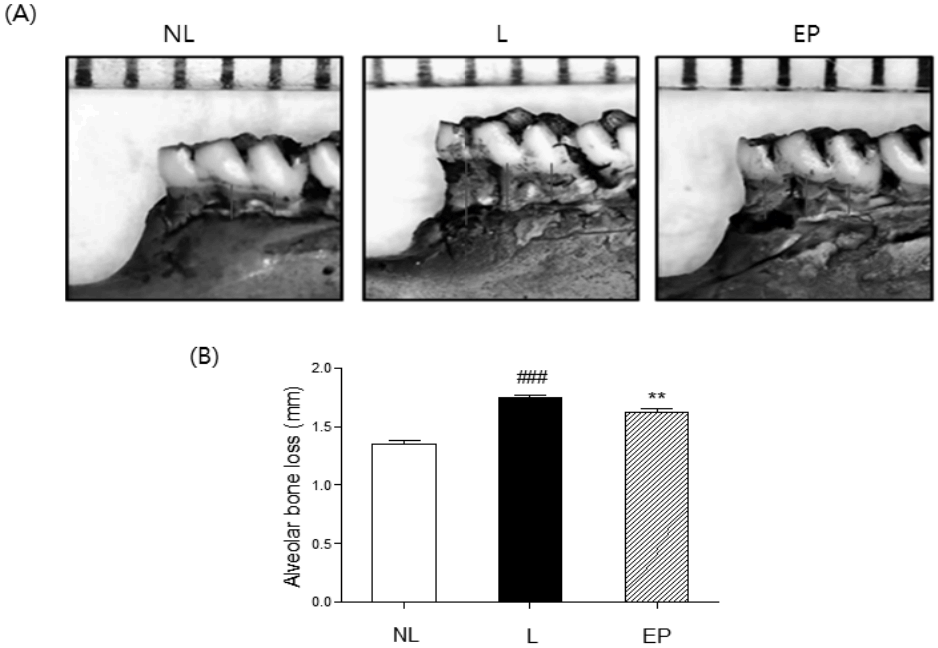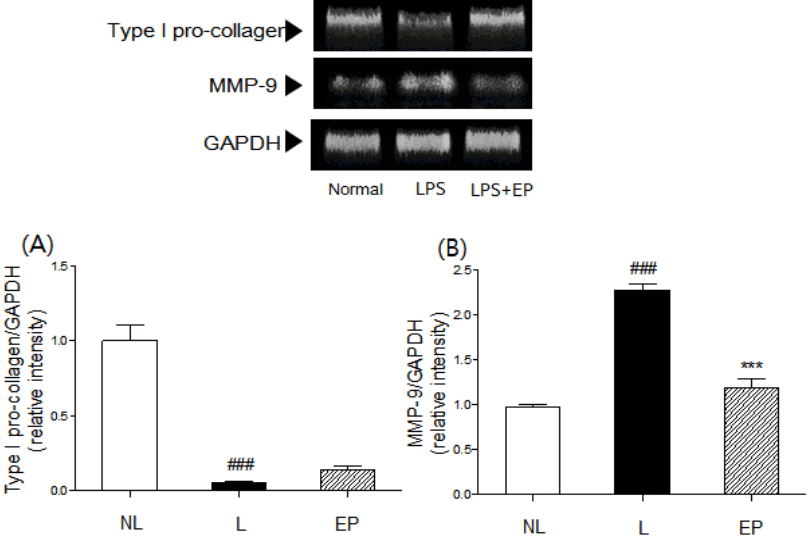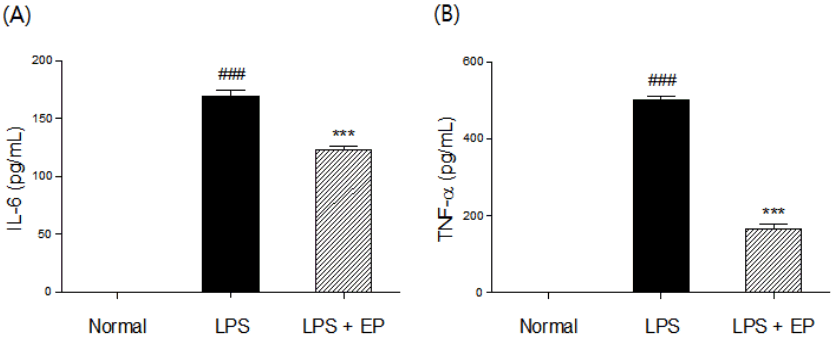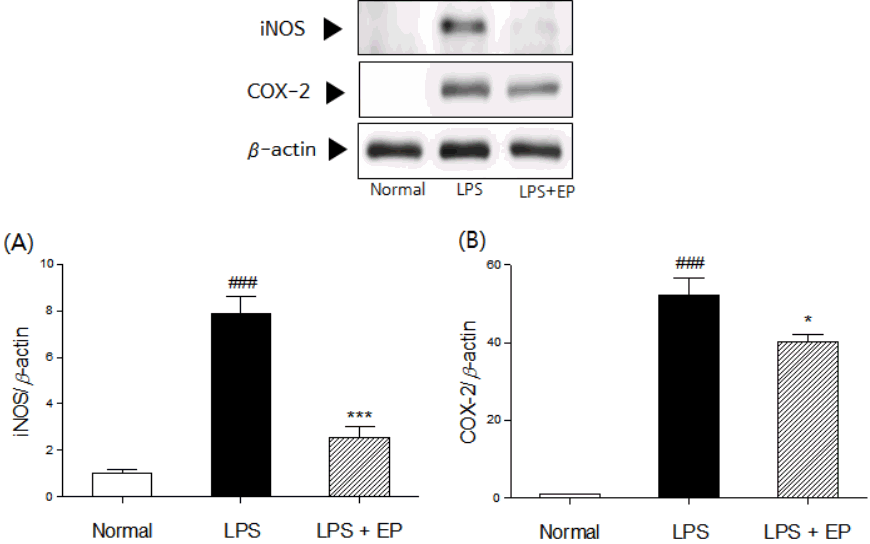References
1. Petersen PE, Ogawa H. The global burden of periodontal disease: towards integration with chronic disease prevention and control. Periodontology 2000 2012;60(1):15–39.
2. Renvert S, Persson GR. A systematic review on the use of residual probing depth, bleeding on probing and furcation status following initial periodontal therapy to predict further attachment and tooth loss. Journal of clinical periodontology 2002;29(3):82–89.
3. Korea National Health and Nutrition Examination Survey Ministry of Health, Welfare and Family Affairs; 2015.
4. Bartold PM, Van Dyke TE. Periodontitis: a host-mediated disruption of microbial homeostasis. Unlearning learned concepts. Periodontology 2000 2013;62(1):203–217.
5. Socransky SS, Haffajee AD. Evidence of bacterial etiology: a historical perspective. Periodontology 2000 1994;5(1):7–25.
6. Boyce BE, Li P, Yao Z, Zhang Q, Badell IR, Schwarz EM, et al. TNF-α and pathologic bone resorption. The Keio journal of medicine 2005;54(3):127–131.
7. Apatzidou DA, Kinane DF. Nonsurgical mechanical treatment strategies for periodontal disease. Dental Clinics of North America 2010;54(1):1–12.
8. Winkelhoff AJV, Rams TE, Slots J. Systemic antibiotic therapy in periodontics. Periodontology 2000 1996;10(1):45–78.
9. Quirynen M, Teughels W, Soete MD, Steenberghe DV. Topical antiseptics and antibiotics in the initial therapy of chronic adult periodontitis: microbiological aspects. Periodontology 2000 2002;28(1):72–90.
10. Kapoor A, Malhotra R, Grover V, Grover D. Systemic antibiotic therapy in periodontics. Dental research journal 2012;9(5):505.
11. Heo J. Donguibogam 1st edth ed. Seoul: Bubinmunhwasa; 1999. p. 617–632.
12. Editing commission of herbal medicine. Herbal medicine 1st edth ed. Seoul: Youngrimsa; 2010. p. 658.
13. Yuan F, Chen J, Sun PP, Guan S, Xu J. Wedelolactone inhibits LPS-induced pro-inflammation via NF-κB pathway in RAW264.7 cells. Journal of biomedical science 2013;20(1):84.
14. Arunachalam G, Subramanian N, Pazhani GP, Ravichandran V. Anti-inflammatory activity of methanolic extract of Eclipta prostrata L (Astearaceae). African journal of pharmacy and pharmacology 2009;3(3):097–100.
15. Tewtrakul S, Subhadhirasakul S, Tansakul P, Cheenpracha S, Karalai C. Antiinflammatory constituents from Eclipta prostrata using RAW 264. 7 macrophage cells. Phytotherapy research 2011;25(9):1313–1316.
16. Kim MH, Choi YY, Lee HJ, Lee HS, Park JC, Yang WM. Topical application of herbal formula for the treatment of ligature-induced periodontitis. Journal of periodontal & implant science 2015;45(4):145–151.
17. Lohinai Z, Benedek P, Feher E, Gyor A, Rosival F, Fazeka IA, et al. Protective effects of mercaptoethylguanidine, a selective inhibitor of inducible nitric oxide synthase, in ligature-induced periodontitis in the rat. British journal of pharmacology 1998;123(3):353–360.
18. Mine T, Wactawski-Wende J, Grossi SG, Ho AW, Dunford R, Genco RJ. The relationship between bone mineral density and periodontitis in postmenopausal women. Journal of Periodontology 2000;71(9):1492–1498.
19. Makela M, Salo T, Uitto VJ, Larjava H. Matrix metalloproteinases (MMP-2 and MMP-9) of the oral cavity: cellular origin and relationship to periodontal status. Journal of dental research 1994;73(8):1397–1406.
20. Marcaccini AM, Novaes AB Jr, Meschiari CA, Souza SL, Palioto DB, Sorgi CA, et al. Circulating matrix metalloproteinase-8 (MMP-8) and MMP-9 are increased in chronic periodontal disease and decrease after non-surgical periodontal therapy. Clinica Chimica Acta 2009;409(1):117–122.
21. Elavarasu S, Sekar S, Murugan T. Host modulation by therapeutic agents. Journal of pharmacy & bioallied sciences 2012;4(Suppl 2):S256.
22. Choi DH, Moon IS, Choi BK, Paik JW, Kim YS, Choi SH, et al. Effects of sub-antimicrobial dose doxycycline therapy on crevicular fluid MMP-8, and gingival tissue MMP-9, TIMP-1 and IL-6 levels in chronic periodontitis. Journal of periodontal research 2004;39(1):20–26.
23. Paul B, Sage H. Structurally distinct collagen types. Annual review of biochemistry 1980;49(1):957–1003.
24. Bumann A, Carvalho RS, Schwarzer CL, Yen EHK. Collagen synthesis from human PDL cells following orthodontic tooth movement. European journal of orthodontics 1997;19(1):29–37.
25. Böhl MV, Maltha J, Hoff HVD, Muijpers-jagtman AM. Changes in the periodontal ligament after experimental tooth movement using high and low continuous forces in beagle dogs. The Angle orthodontist 2004;74(1):16–25.
26. Havemose-Poulsen A, Holmstrup P, Stoltze K, Birkedal-Hansen H. Dissolution of type I collagen fibrils by gingival fibroblasts isolated from patients of various periodontitis categories. Journal of periodontal research 1998;33(3):280–291.
27. Okada H, Murakami S. Cytokine expression in periodontal health and disease. Critical Reviews in Oral Biology & Medicine 1998;9(3):248–266.
28. Nibali L, Fedele S, Daiuto F, Donos N. Interleukin-6 in oral diseases: a review. Oral diseases 2012;18(3):236–243.
29. Matsuda Y, Katoo T, Takahashi N. Ligature-induced periodontitis in mice induces elevated levels of circulating interleukin-6 but shows only weak effects on adipose and liver tissues. Journal of periodontal research 2016;51(5):639–646.
30. Geivelis M, Turner DW, Pederson ED, Lamberts BL. Measurements of interleukin-6 in gingival crevicular fluid from adults with destructive periodontal disease. Journal of periodontology 1993;64(10):980–983.
31. Rossomando EF, Kennedy JE, Hadjimichael J. Tumour necrosis factor alpha in gingival crevicular fluid as a possible indicator of periodontal disease in humans. Archives of oral biology 1990;35(6):431–434.
32. Boyce BE, Li P, Yao Z, Zhang Q, Badell IR, Schwarz EM, et al. TNF-α and pathologic bone resorption. The Keio journal of medicine 2005;54(3):127–131.
33. Lawrence T, Gilroy DW, Colville-Nash PR, Willoughby DA. Possible new role for NF-κB in the resolution of inflammation. Nature medicine 2001;7(12):1291–1297.
34. Moncada S, Palmer RML, Higgs EA. Nitric oxide: physiology, pathophysiology, and pharmacology. Pharmacological reviews 1991;43(2):109–142.
35. MacMicking J, Xie Q, Nathan C. Nitric oxide and macrophage function. Annual review of immunology 1997;15(1):323–350.
36. Tunctan B, Uluda O, Altu S, Abacio N. Effects of nitric oxide synthase inhibition in lipopolysaccharide -induced sepsis in mice. Pharmacological research 1998;38(5):405–411.
37. Daghigh F, Borghaei RC, Thornton RD, Bee JH. Human gingival fibroblasts produce nitric oxide in response to proinflammatory cytokines. Journal of periodontology 2002;73(4):392–400.
38. Lohinai Z, Stachlewitz R, Virag L, Szekely AD, Hasko G, Szabo C. Evidence for reactive nitrogen species formation in the gingivomucosal tissue. Journal of dental research 2001;80(2):470–475.
39. Morton RS, Dongari-Bagtzoglou AI. Cyclooxygenase-2 is upregulated in inflamed gingival tissues. Journal of periodontology 2001;72(4):461–469.
40. Holzhausen M, Rossa C Jr, Marcantonio E Jr, Nassar PO, Spolidorio DMP, Spolidorio LC. Effect of selective cyclooxygenase-2 inhibition on the development of ligature-induced periodontitis in rats. Journal of periodontology 2002;73(9):1030–1036.
